As for 2022, Balenciaga is one of the most talked about and influential brands, whose contribution to the heritage of world fashion is invaluable. Many of the styles we wear today were created by the great Cristobal Balenciaga back in the middle of the 20th century. In this article, I would like to talk about the history of the famous brand through the legacy of Cristobal Balenciaga and Demna Gvasalia, without whom the brand for sure would not be truly legendary.
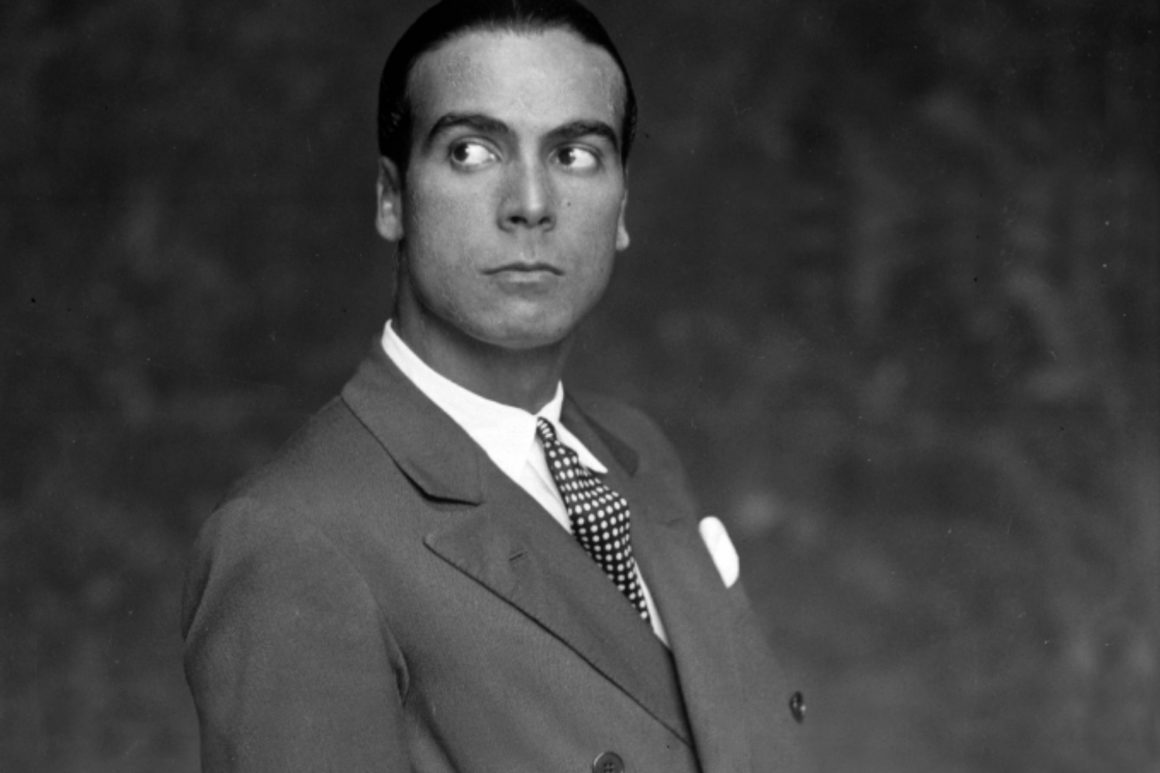

The Parisian fashion house Balenciaga has experienced both worldwide recognition and two decades of oblivion during its eighty years of existence. Cristobal Balenciaga founded the fashion house in 1937 and, thanks to his own avant-garde vision, talent, and high proficiency, he created many outfits that today are considered revolutionary in terms of cut and silhouette. The innovative vision of Cristobal and his desire for the perfection of lines later were replicated by many of his successors, although with varying success.
“A WOMAN HAS NO NEED TO BE PERFECT OR EVEN BEAUTIFUL TO WEAR MY DRESSES. THE DRESS WILL DO ALL THAT FOR HER,” – Cristobal Balenciaga
In 1937, with the founding of the Balenciaga brand, a man appeared in the fashion world who actually moved the entire industry forward. He did not follow the conjuncture and did not work to please the public.
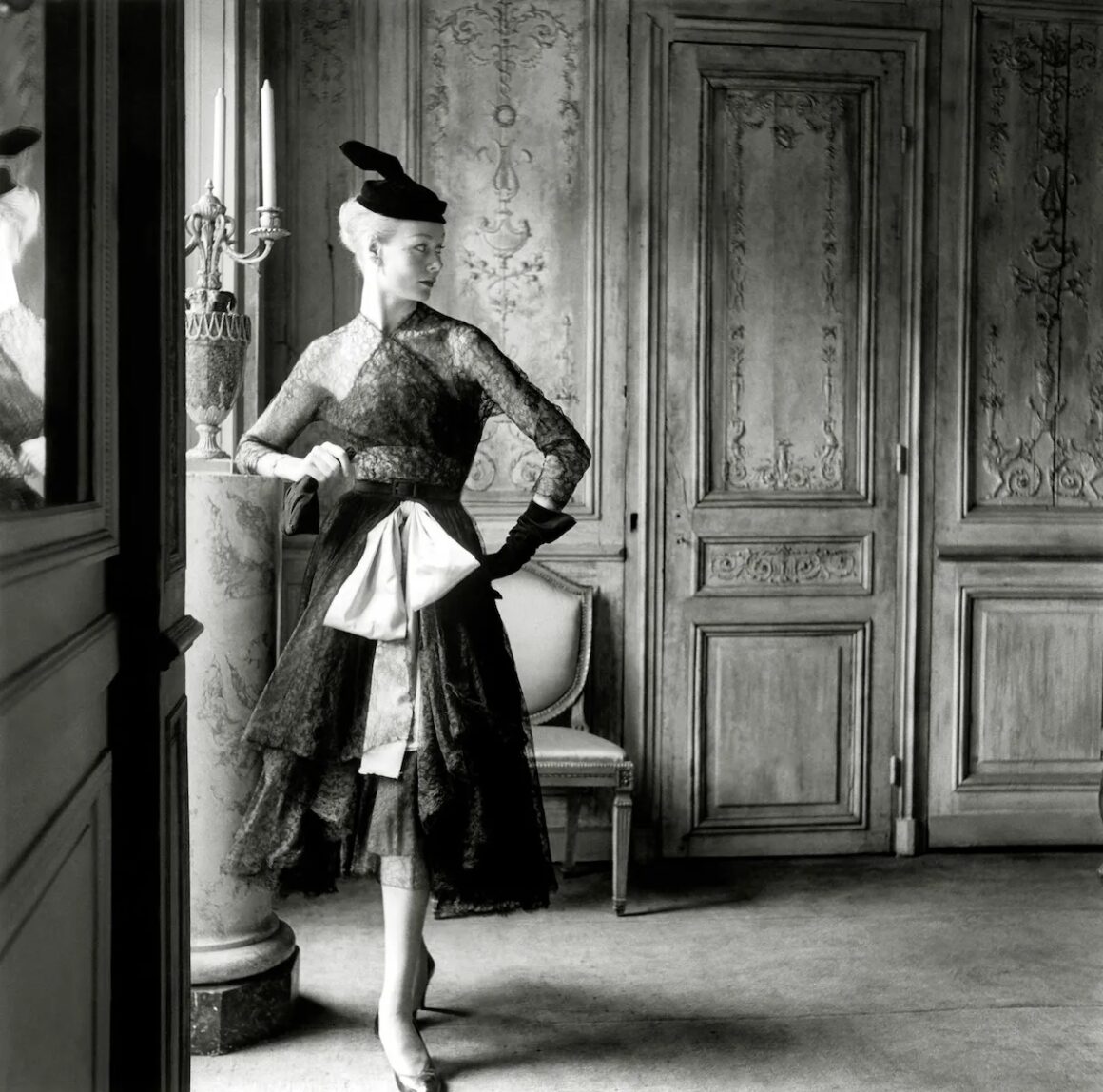

He was 42 and owned only a five percent stake. His business partners were the Basque financier Nicholas Biscarrondo and Vladzio Zaurorovsky d’Atanvil (the latter, by the way, was Cristobal’s great love – after Vladzio’s death in 1948, the designer nearly closed the business). Balenciaga’s premiere show was greeted with enthusiasm by both the French press and the clients. A workaholic who conducted more than 150 fittings a day, Cristobal was a stranger to an active social life and gave only one full-fledged interview during his entire work. However, his constant innovation in design was more than enough to stay on the crest of the information wave. Even the years of war did not affect his success: Balenciaga outfits were illegally exported from France during the years of German occupation. Cristobal has created more innovative classic silhouettes than anyone else: baby doll dress, shirt dress, cocoon silhouette, collarless blouse, and more. An uncompromising attitude towards design led him to close the house in 1968, at the height of the Paris demonstrations, due to his strict judgment that he had no future in the world of street fashion (he refused the possibility of developing ready-to-wear lines with the words: “I don’t do prostitution.”)
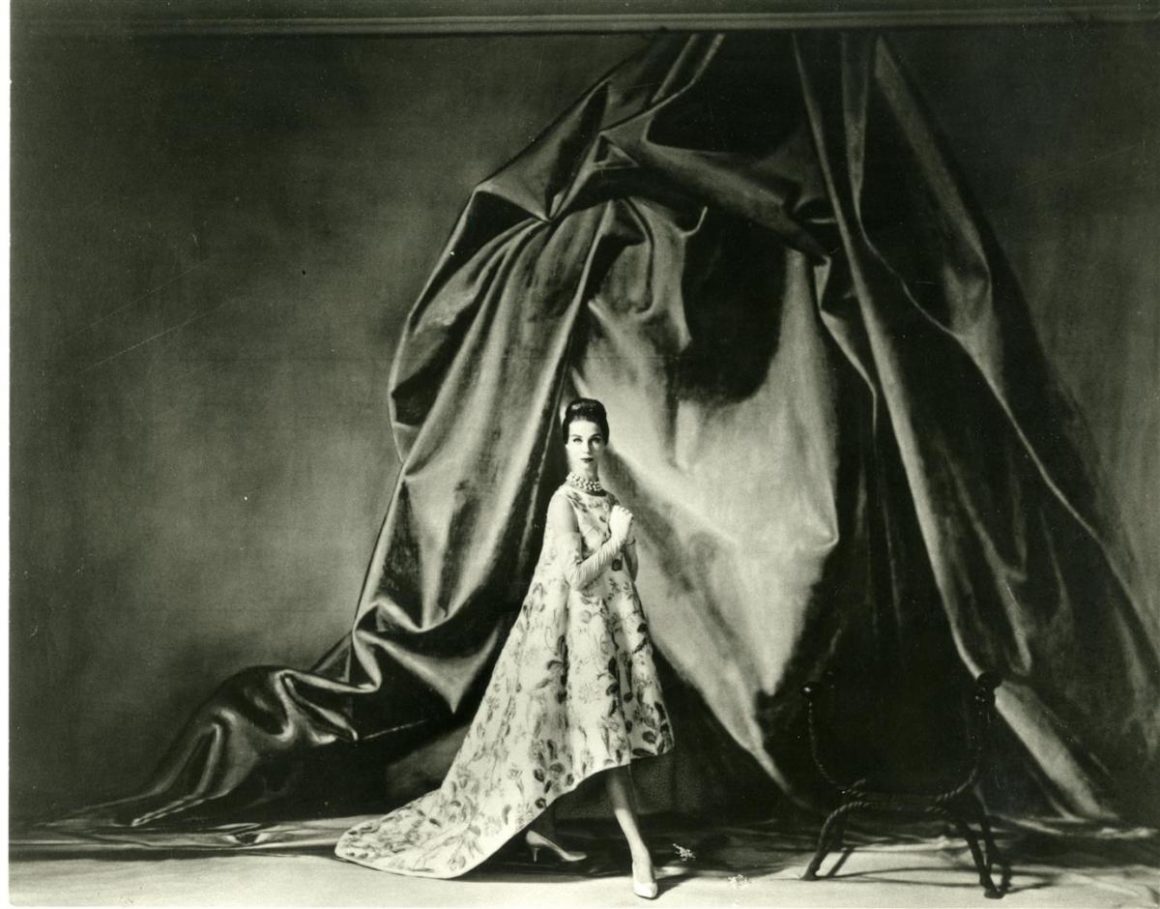

During the 31 years that Cristobal headed his own fashion house, attitudes towards women’s clothing, silhouettes, and fabrics have been changing. Volumetric sleeves, trains and mantles, cocoon dresses and a tunic dress, later a shirt, a round collar and collarless shirts, the absence of linings and the natural movement of the fabric – you can list forever because the legacy of Cristobal Balenciaga is a huge.
He left without saying goodbye – the public found out about the closing of the Balenciaga fashion house from the newspapers.
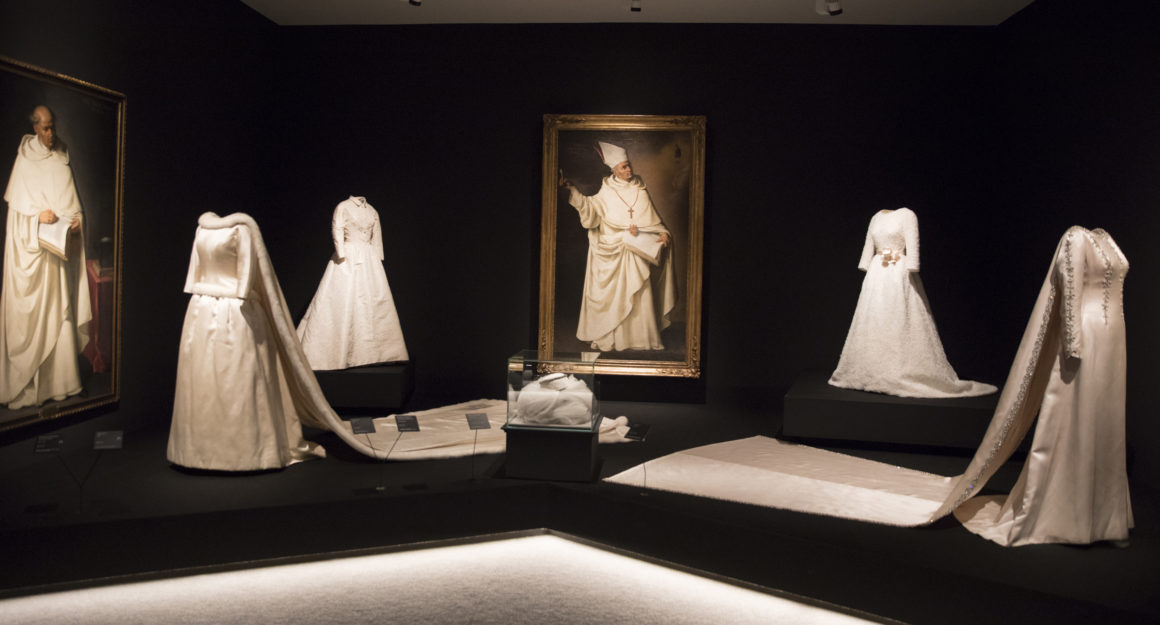

After the closure of the house and the death of the founder, the Balenciaga brand fell out of the fashion industry for almost two decades. In the late 1980s, Jacques Bogart S.A. acquired the rights to the brand and relaunched Balenciaga with ready-to-wear collections. Designed by Michel Goma, who previously worked on the ready-to-wear line at Patou, the clothes were produced under the name Le Dix and were not successful, but their production continued for five years.
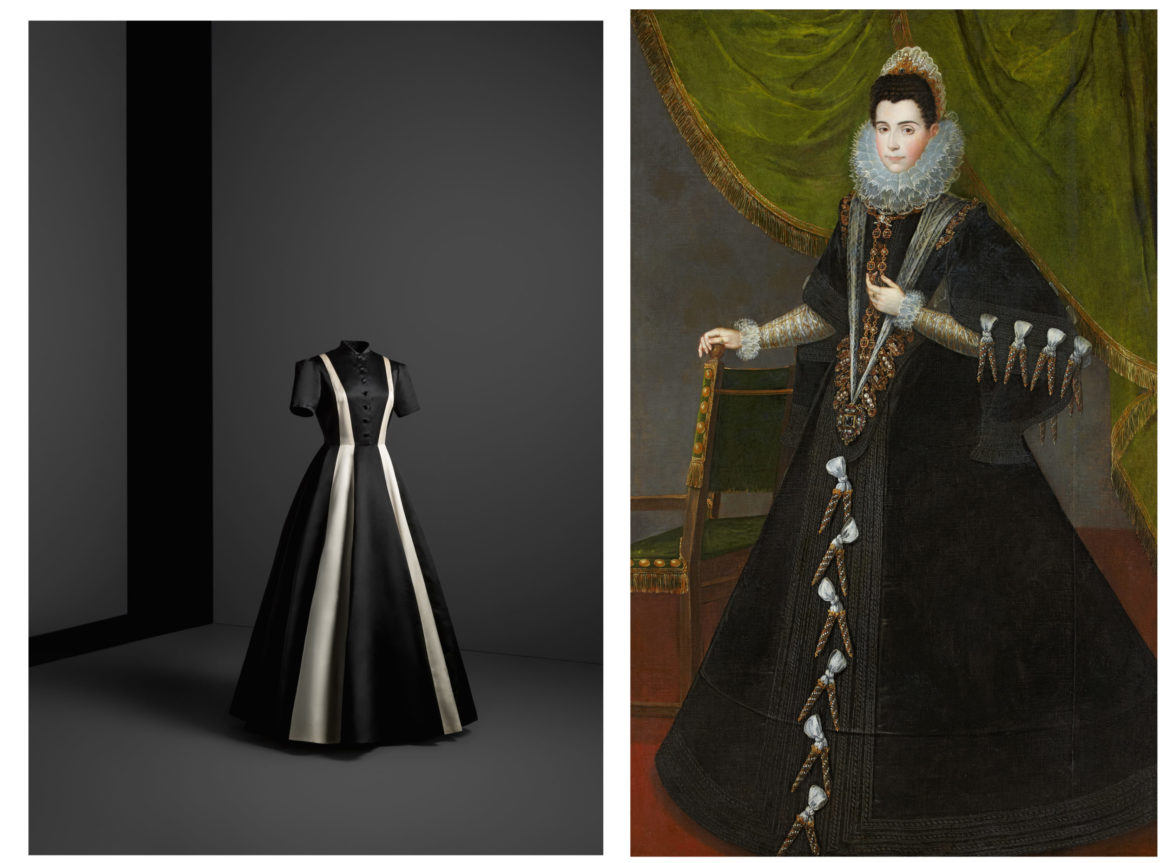

After Goma left, designer Joseph Thimister took over the brand. He took up the restoration of Balenciaga as a luxury fashion house. It was during the leadership of Thimister that Nicolas Ghesquière was hired as a licensed designer: according to Ghesquière, in the first years of his work, he was operating in the most non-prestigious areas. However, everything changed after the show of the spring-summer 1998 season: the collection created by Joseph Thimister, inspired by the left-wing radicals from the RAF, was not appreciated by the public. Thymister left the fashion house.
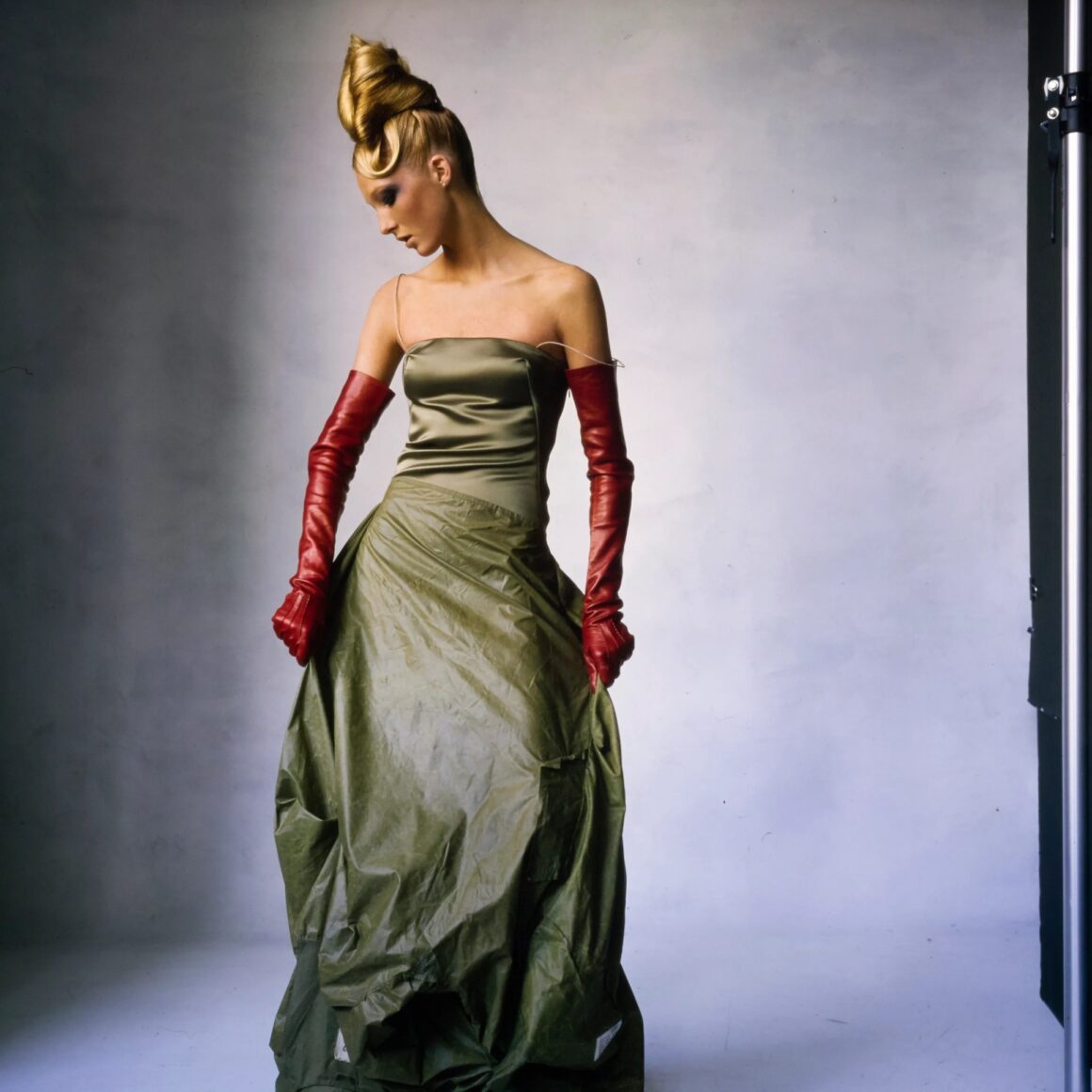

Despite the fact that the brand’s management, according to rumors, dreamed of hiring Helmut Lang, Nicolas Ghesquière was eventually entrusted to lead Balenciaga. The first show of the French designer went unnoticed, but since the second one, he has finally started to receive recognition. In 2001, he was named Women’s Designer of the Year by the CFDA, and in the same year, the Gucci Group (today Kering) acquired the company.


Ghesquière’s successor, Alexander Wang, worked at Balenciaga for only two years: despite the fact that each of his subsequent collections seemed more interesting than the previous one, many blamed Wang for lack of expressiveness and even gave him the nickname Timid (although there were those who praised him for his relaxed style). Nevertheless, at the end of July 2015, it was announced that Alexander Wang is leaving the fashion house “by mutual agreement of the parties.”


Three months after Wang’s departure, on October 7, 2015, the management of the Kering holding announced the designer of Georgian origin Demna Gvasalia become the new creative director of Balenciaga. By that time, Gvasalia had worked as the chief designer of the Maison Margiela studio, founded Vetements, and also became one of the finalists of the LVMH Prize for Young Designers.
For seven years now, Balenciaga has been changing the world of fashion, dressing the whole world in what it sees fit. One of the main merits of the designer is the close proximity of his creations to everyday life. No one would have thought that sneakers, caps, leggings, and T-shirts could become couture.
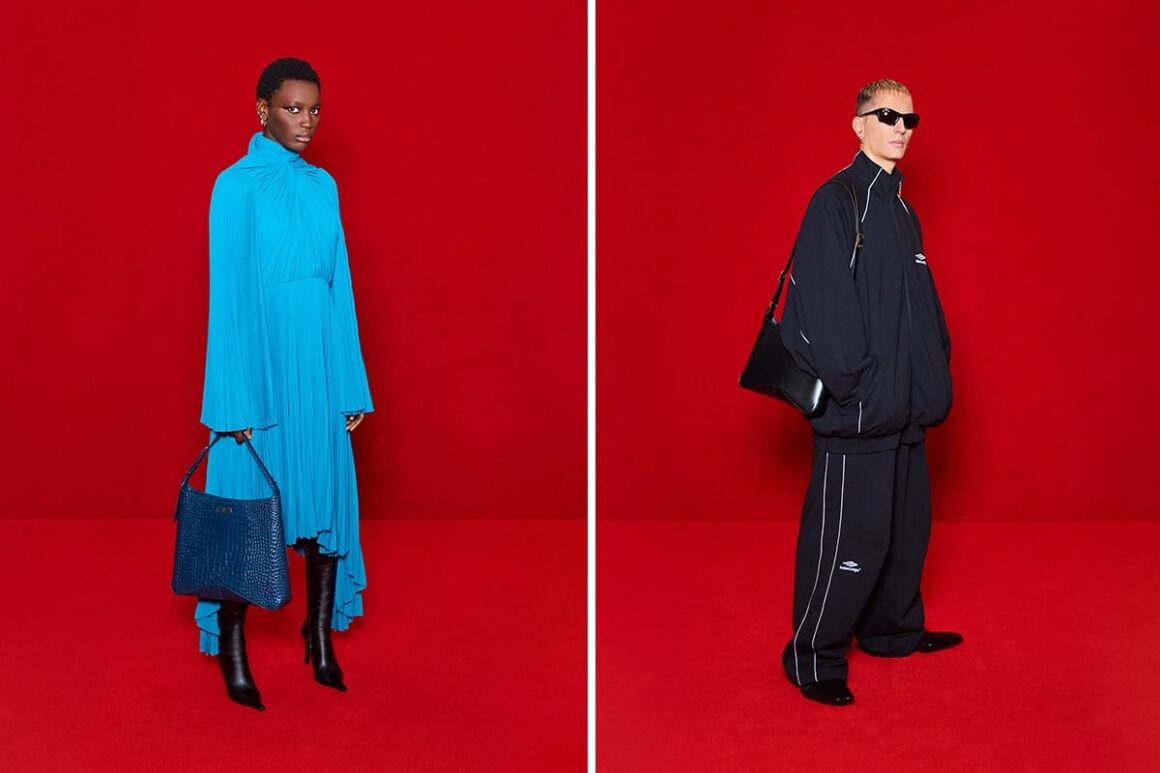

Many people call Demna Gvasalia a metamodernist in the fashion world, and this is absolutely justified – innovation and outrageousness are persistent not only with clothes but also with advertising companies, ambassadors, and even the friends of the brand. Gosha Rubchinsky and a DHL t-shirt, Cardi B and the Louvre, Triple-S sneakers, and a black t-shirt dress at the Met Gala 2021. Balenciaga has long been a symbol, a symbol of freedom, the future, and individuality, and I think that with the departure of Demna Gvasalia, the brand will not lose its power, as the margin of safety laid down by Cristobal Balenciaga should be enough for a long time.
Read more FASHION articles HERE